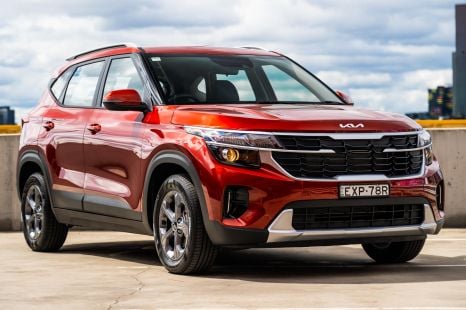

Jack Quick
1 Month Ago

News Editor
GWM is set to bring an updated version of its best-selling vehicle to Australia, but there are question marks over what its small SUV lineup will look like moving forward.
A refreshed GWM Haval Jolion has appeared in government approval documents, wearing revised styling front and rear.
It features an updated version of the combustion-powered Jolion’s front fascia, aligning it visually with the Thai-market Jolion Hybrid.

There’s a new vertical bar grille replacing the chrome mesh of the current car and a revised front bumper area, as well as a tweaked rear bumper.
There’s also a GWM wordmark across the tailgate, as the company de-emphasises the Haval nameplate it had previously established here as a full-fledged brand of its own.
The distinctive kinked LED daytime running lights remain of petrol-powered Jolions remain, and there don’t appear to be any changes to other lighting elements, either.
If the Thai-market model is anything to go by, we shouldn’t expect to see any changes inside the car.

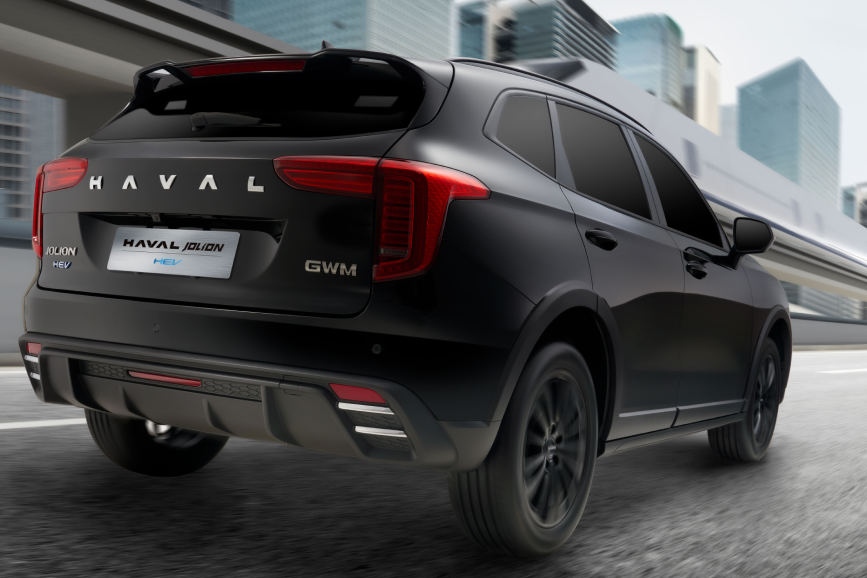
Given the revised Jolion has been approved for sale in Australia, it appears likely it could launch here sometime in 2024.
The approval documents list two different variants, marked with ‘FL’ for facelift, both powered by a 105kW turbocharged 1.5-litre four-cylinder engine.
No facelifted S or hybrid models appear in the documents.
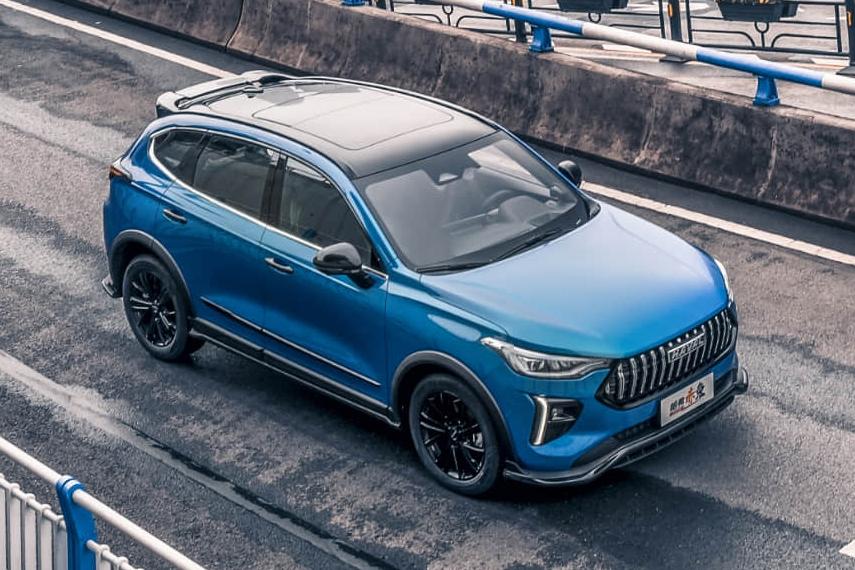
GWM hasn’t confirmed what its plans are for the Jolion moving forward, however an almost identically sized crossover – the Haval Chitu, or Red Rabbit – has been spied testing in Australia.
“It’s quite common for the local team here to import models available in overseas markets for evaluation purposes and to consider whether they might be a good fit for the Australian and New Zealand markets,” said a GWM Australia spokesperson in February.
“The Red Rabbit that has been seen recently in Melbourne is also here for evaluation purposes, however, there’s no confirmation at this stage on whether it will join the local GWM lineup.”
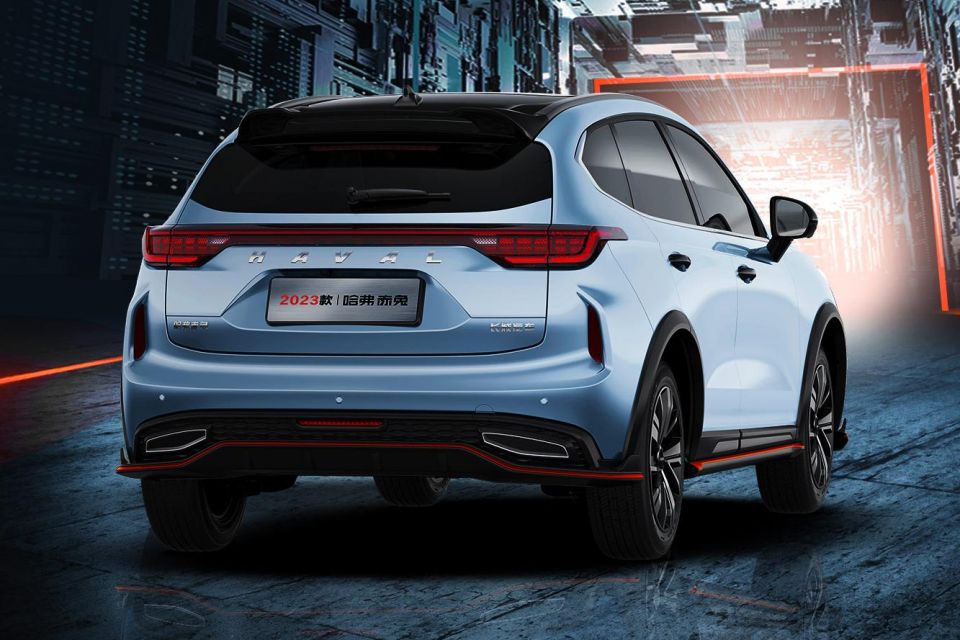
It remains to be seen whether the Chitu will be launched here, potentially as a replacement for the Jolion S, Lux Hybrid and Ultra Hybrid.
The sportier-looking Chitu crossover first entered production in 2021, the same year as the Jolion. It’s almost identically sized, riding the same 2700mm wheelbase and measuring just 2mm shorter overall at 4470mm, though it’s 57mm wider.
The Jolion itself is no longer sold in China, though it continues to be manufactured there for markets such as ours; it’s also manufactured in Thailand.
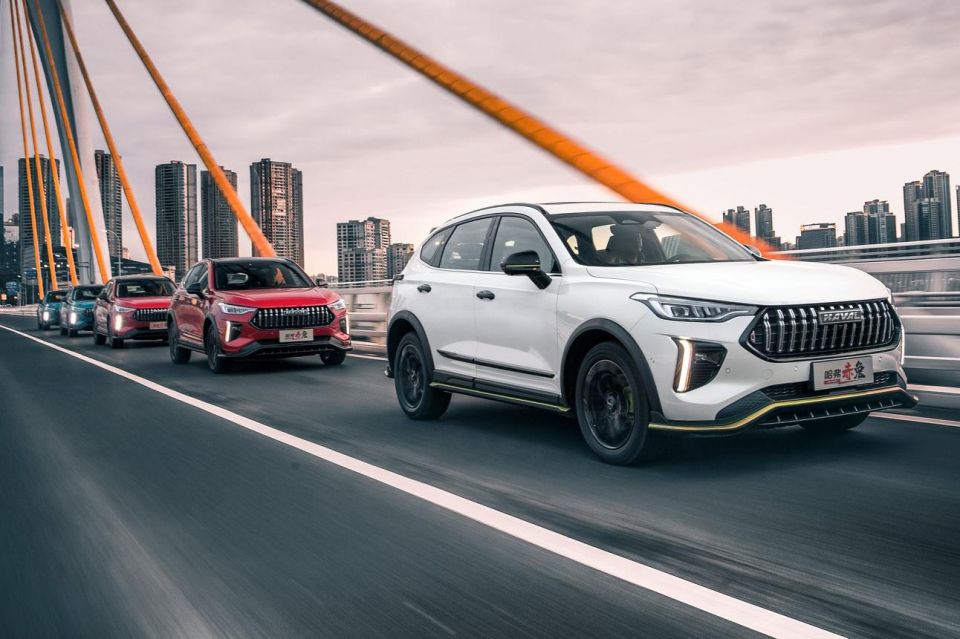
GWM recently confirmed it would launch the Chitu in South Africa, another right-hand drive market, as the Jolion Pro.
There, it will slot in above the Jolion, with that model losing its most expensive models including its hybrid variants.
The Citizen reports the Jolion Pro will be offered in South Africa with a turbocharged 1.5-litre four-cylinder engine producing 130kW of power and 270Nm of torque and mated to a seven-speed dual-clutch automatic, the same powertrain used in the Australian-market Jolion S.

There’s also a 139kW/375Nm four-cylinder hybrid powertrain, as seen in the Jolion Hybrid.
In the transition to right-hand drive, the Chitu/Jolion Pro has also adopted the Jolion’s dashboard, instead of a version of the left-hand drive model’s sportier-looking cockpit.
If the Haval Chitu is sold in Australia, it will bolster the brand’s presence in the small SUV segment. This is currently dominated by the MG ZS family, of which 29,258 were sold locally in 2023; GWM, in contrast, sold 11,252 Haval Jolions.
Take advantage of Australia's BIGGEST new car website to find a great deal on a Haval Jolion.
William Stopford is an automotive journalist based in Brisbane, Australia. William is a Business/Journalism graduate from the Queensland University of Technology who loves to travel, briefly lived in the US, and has a particular interest in the American car industry.


Jack Quick
1 Month Ago
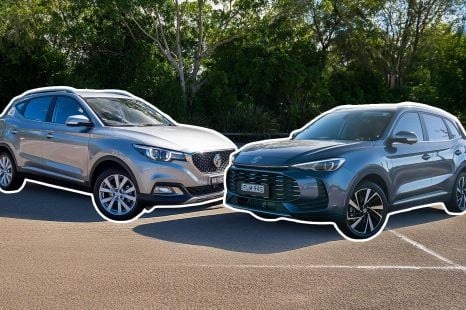

Andrew Maclean
1 Month Ago
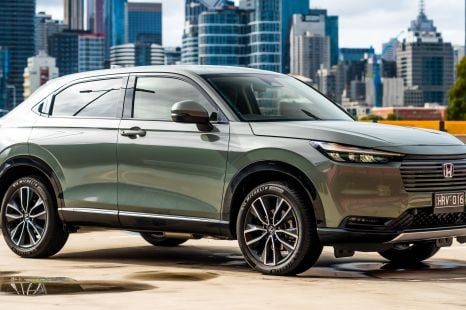

Josh Nevett
27 Days Ago
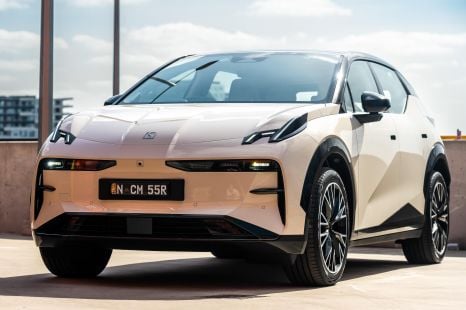

James Wong
19 Days Ago
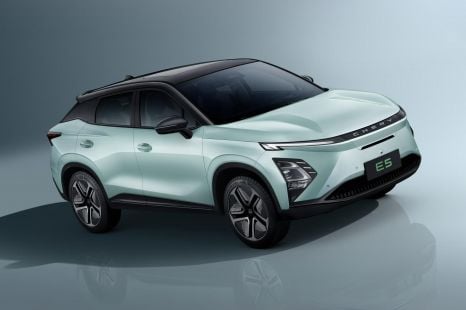

William Stopford
15 Days Ago
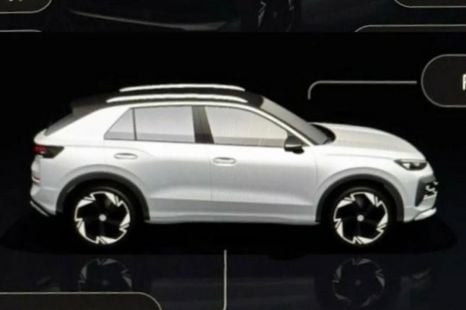

James Wong
9 Days Ago